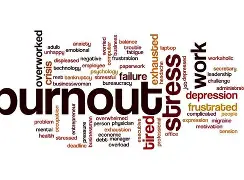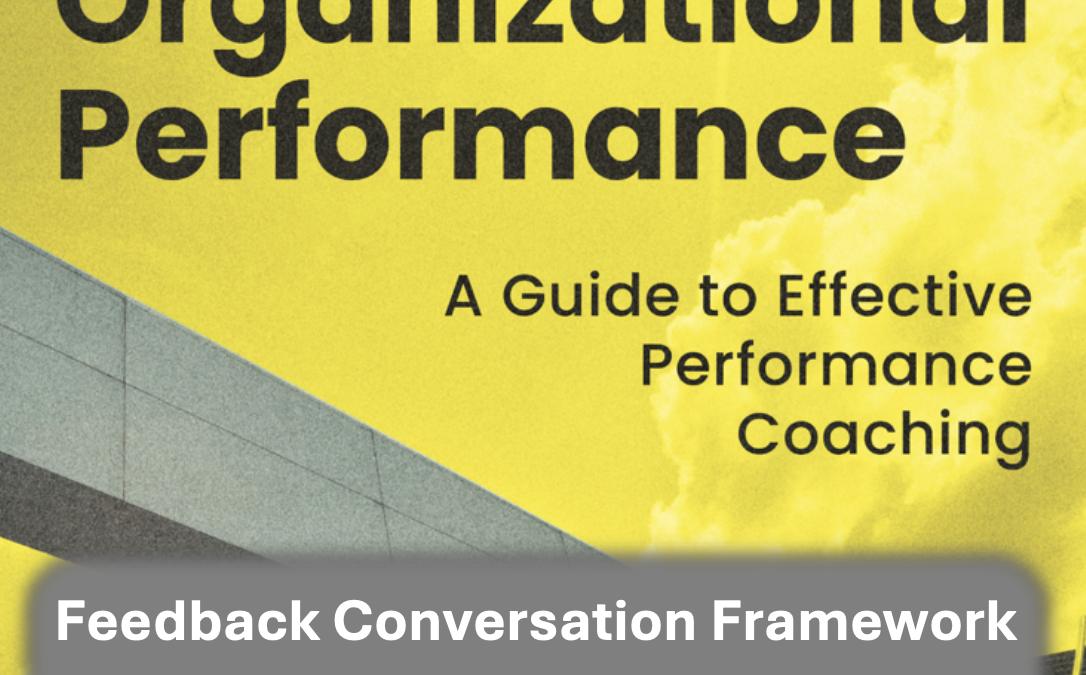
Performance management isn’t broken—our approach to it is.
Despite the countless resources dedicated to performance management systems, many organizations find themselves asking the same question year after year: Why aren’t we seeing results?
The truth is, performance management often fails not because it’s unnecessary, but because it’s approached in ways that demotivate employees, overlook critical nuances, and focus more on processes than people. For HR decision-makers and business leaders, the solution lies in rethinking how we design and execute these systems.
Where Performance Management Falls Short
- One-Size-Fits-All Systems
- Standardized processes often ignore individual differences in roles, challenges, and motivations.
- Result: Employees feel disengaged, and performance reviews become a box-ticking exercise rather than a meaningful conversation.
- Focus on Compliance Over Growth
- Many systems prioritize documentation and accountability at the expense of actual development.
- Result: Managers spend more time tracking metrics than supporting their team’s progress.
- Infrequent Feedback
- Annual or biannual reviews fail to provide the real-time guidance employees need to improve.
- Result: Problems persist for months, and opportunities for growth are missed.
- Top-Down Evaluations
- Traditional systems often position managers as critics, creating a dynamic that feels punitive rather than supportive.
- Result: Employees dread feedback sessions, leading to defensiveness and disengagement.
A New Approach: Coaching-Driven Performance Management
Performance management doesn’t have to be a source of frustration. By integrating coaching principles, organizations can transform it into a tool for growth, engagement, and alignment. Here’s how:
- Shift the Focus to Development
- Traditional systems focus on what employees didn’t do. Coaching flips the script to focus on how employees can grow.
- Action step: Replace static performance ratings with forward-looking development plans that align individual goals with organizational objectives.
- Make Feedback Frequent and Constructive
- Feedback should be an ongoing conversation, not a one-time event.
- Action step: Train managers to deliver feedback as part of regular check-ins, using a feedforward approach to emphasize future improvement.
- Empower Employees Through Ownership
- Coaching empowers employees to take an active role in their own development.
- Action step: Encourage employees to set their own goals and reflect on their progress during reviews.
- Foster Two-Way Conversations
- Move from top-down evaluations to collaborative discussions.
- Action step: Create a review process where employees and managers jointly assess progress and identify opportunities for growth.
Why Coaching Works
Organizations that adopt a coaching mindset see tangible benefits:
- Improved Engagement: Employees feel valued when their growth is prioritized.
- Better Results: Frequent, actionable feedback drives consistent improvement.
- Stronger Retention: A culture of development makes employees more likely to stay and grow within the organization.
By focusing on people rather than just processes, coaching transforms performance management from a chore into a competitive advantage.
Practical Changes You Can Make Today
For HR leaders and business decision-makers ready to overhaul performance management, here are three simple steps to get started:
- Audit Your Current System: Identify areas where your process feels rigid, infrequent, or disconnected from employee development.
- Train Your Leaders: Equip managers with the tools and techniques to coach effectively, not just critique.
- Pilot New Approaches: Test coaching-driven methods with one team or department and measure the results before scaling.
Time to Lead Differently
Leadership today requires more than managing metrics. It demands a commitment to developing people. Performance management isn’t failing—it’s evolving. The question is, will your organization evolve with it?


